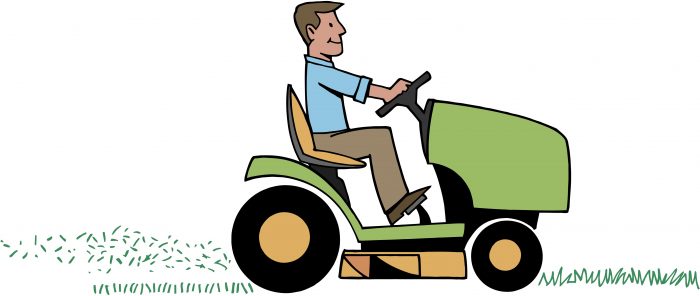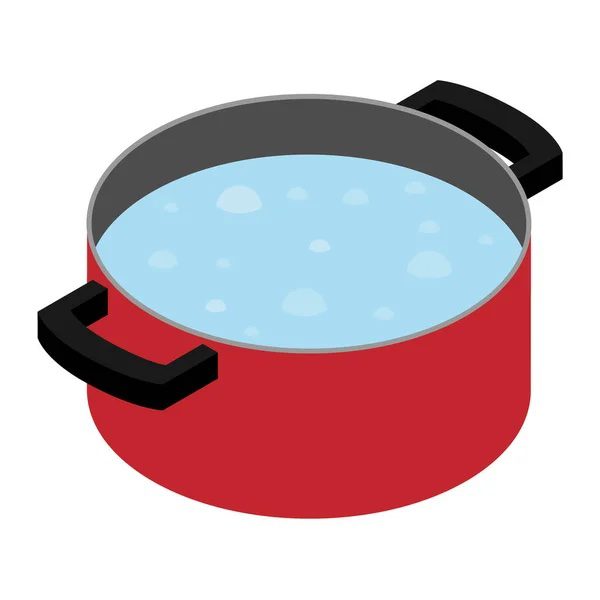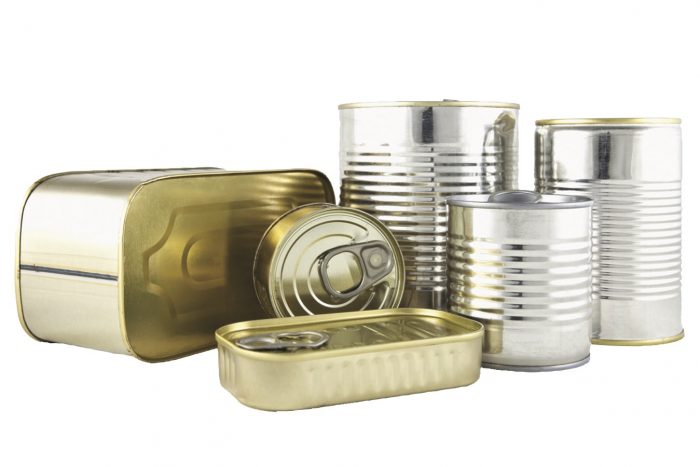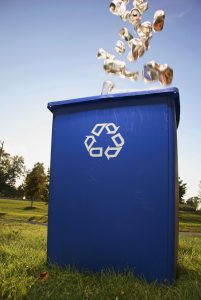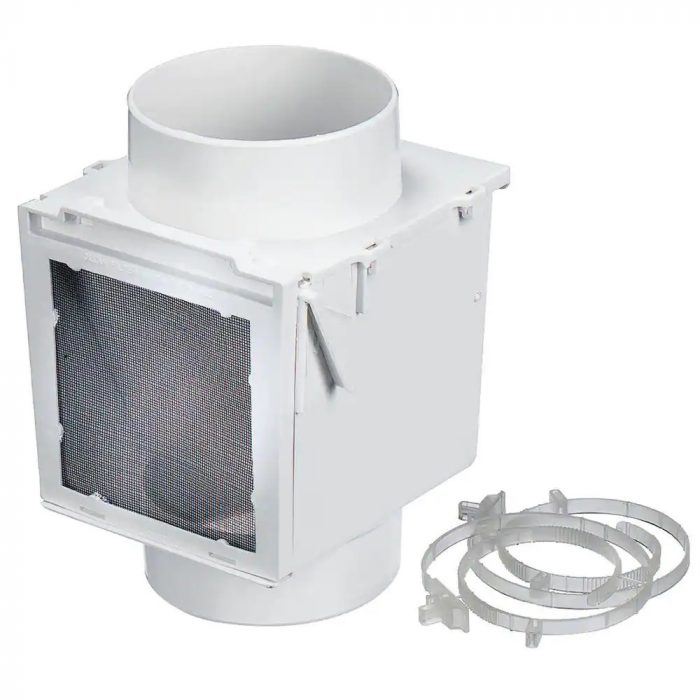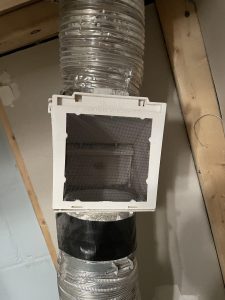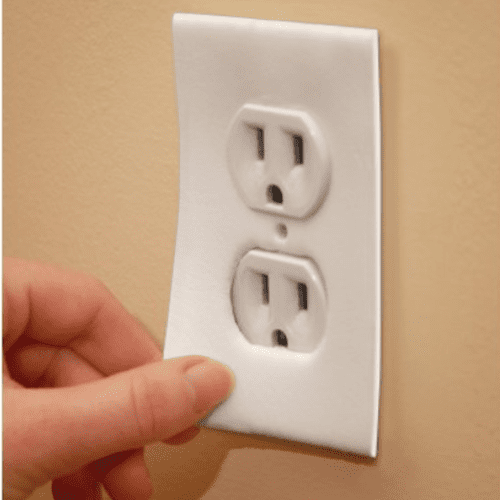A Column Promoting a More Earth-friendly Lifestyle
By John L. Turner

There’s an expression in lawn care “Cut it high and let it lie.” Leaving grass on the longer side is healthier for the grass as it dries out more slowly and there’s more grass blade to produce food as it photosynthesizes. And letting it lie is good for both your lawn and the planet. The clippings quickly break down, returning nutrients back to the grass and soil and the clippings do not, contrary to popular belief, add thatch to your lawn.
The second best option is to compost grass clippings with other yard waste and to apply the compost to your lawn and flower beds once it’s ready.
The worst option, which so many homeowners choose, is to bag the clippings and leave curbside for the town to pick up (or worse yet, dump it in a neighboring preserve or parkland). This waste is harder to recycle, inefficient to burn, and costs the town more to manage. So, for the sake of a healthier lawn and planet, let those grass clippings lie.
A resident of Setauket, John Turner is conservation chair of the Four Harbors Audubon Society, author of “Exploring the Other Island: A Seasonal Nature Guide to Long Island” and president of Alula Birding & Natural History Tours.

